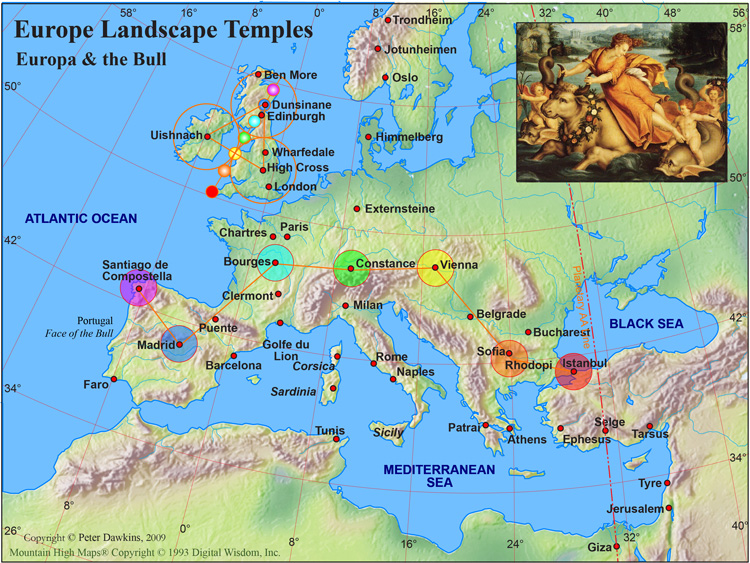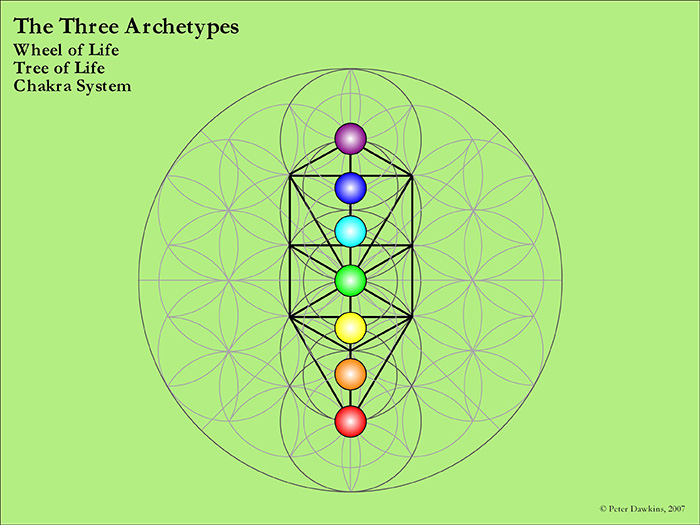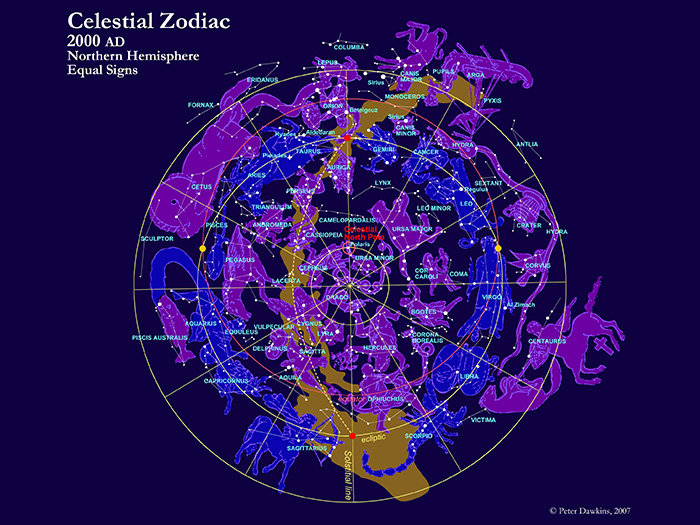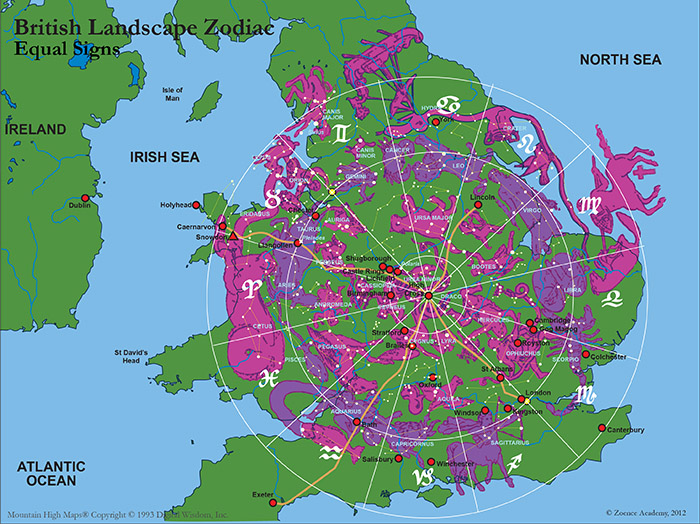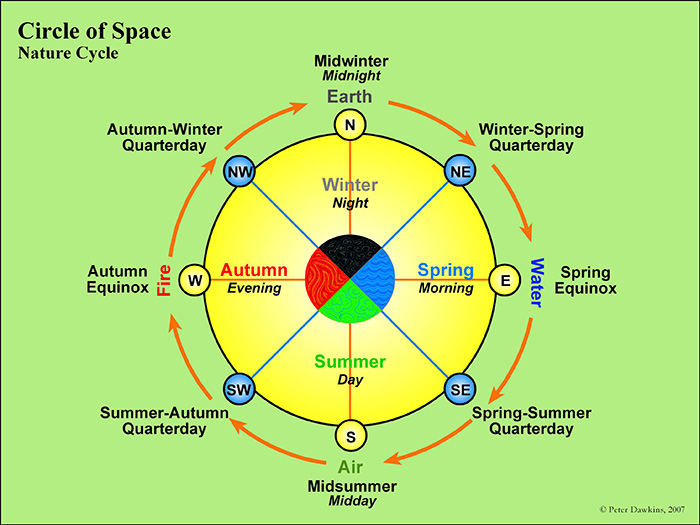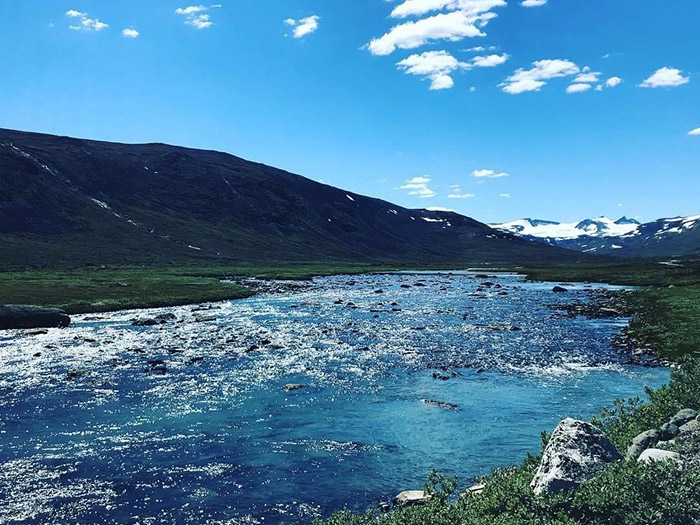The Geomantic Bull of Europe
Europe takes its name from the myth of Europa and the Bull. There is more to this than most people might suspect. The myth describes allegorically a wisdom associated with creation—creation by means of sound. In scriptural terms this refers to the creation of light and the universe by means of the Holy Spirit and Word of God. This creative process is associated with the throat chakra. Everything that is spiritual or archetypal manifests in the human being and nature, just as it manifests universally in the mind and body of the universe, as expressions, imitations or echoes of the divine archetypal wisdom and process. The sages who named Europe would seem to have recognised the function of Europe as the throat chakra of the planet (the zodiac sign of Taurus traditionally rules the throat), and perceived something of the spiritual archetype manifesting in the actual landscape of Europe as well as in the psyche of the people.
If one looks closely and imaginatively at Europe, it is possible to see or imagine the form of the continent expressing something of the Taurus or Bull of mythology which, as a constellation in the zodiac of the sky, is described as swimming or flying across the universe (or world) with Europa on his neck or broad shoulders. (In terms of the Taurus constellation, Europa is represented by the Pleiades.) Sometimes the Bull is described as having his head down, charging, sweeping away all injustice in order to usher in an era of justice and peace. In this picture, Spain forms the lowered head of the Bull, France its mighty neck and shoulders, Italy plus the islands of Corsica and Sardinia its two fore-legs, Germany its chest and arched back, and the countries of eastern Europe the rest of the torso. As one version of the myth describes, the Bull is emerging from the Dark Ocean or Black Sea with Europa (the British Isles) on his shoulders.
Moreover, this imaginative and geomantic Bull of Europe has its own major chakra system, which follows the ancient major pilgrimage and trade route across Europe from east to west, from what is now Istanbul that straddles the Bosporus to Santiago de Compostela in north-west Spain. This is the east-west route of the famous Pilgrimage Cross or Heart Cross of Europe. Of this, it is the east-west route that is most commonly known and talked about, particularly in terms of the pilgrimage to Santiago de Compostela, which thousands of people have undertaken every year for nearly 2000 years and which is still pilgrimaged in increasing numbers every year.
The main root chakra of this chakra system is marked by Istanbul, formerly known as Constantinople, which forms the entry into Europe across the Bosporus from Asia Minor, now Turkey. The Rila-Rhodope Mountains in Bulgaria, home of the Orphic mysteries and a landscape temple in its own right, mark and express the sacral chakra. The focus of the solar plexus chakra is marked by Vienna. The landscape zodiac centred on Constance manifests the inner part of the heart chakra, whilst the geomantic layout of the whole heart chakra also enfolds two larger adjacent twin landscape zodiacs that cover the Black Mountains and Switzerland respectively. An even vaster landscape zodiac, which covers most of France and is centred on Bourges, the traditional heart of France, manifests the throat chakra. Madrid and its environs mark the centre of the brow chakra, the Bull's Eye. The crown chakra of the Bull is manifested by another landscape zodiac that covers almost the whole of Galicia and which is centred on Santiago de Compostela.
In an alternative scenario, in which all the lower chakras follow the River Danube, the focus of the sacral chakra is marked by Belgrade and that of the root chakra by Bucharest. A further alternative, created by the early Christians, has Ephesus marking the root chakra of Europe, in this way recognising the extent of ancient Thracia which was once definitely part of Europe and at the same time establishing a powerful polarity to Santiago de Compostela by means of the two shrines of the two brothers, James and John, sons of Zebedee and Salome, two of the three senior apostles of Jesus.

